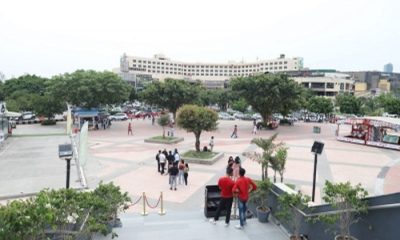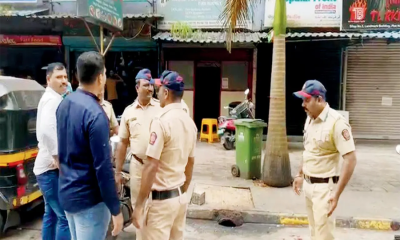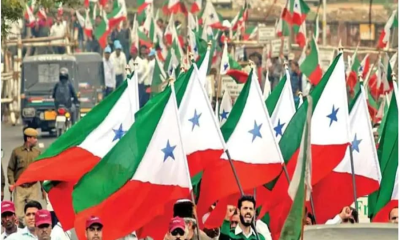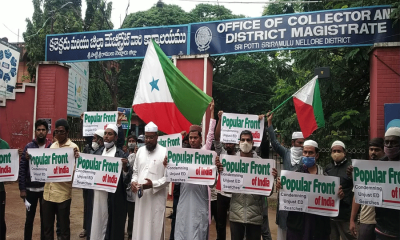Maharashtra
The long hand of ED and the rise of Maha’s ED (Eknath-Devendra)
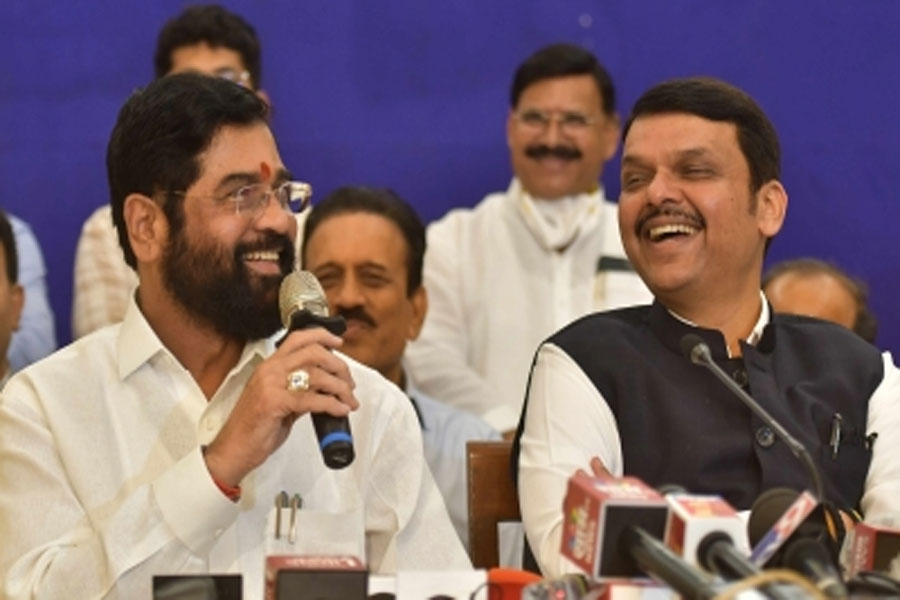
At the special session of the Maharashtra Legislative Assembly on July 3-4, during the voting the Opposition benches of the Shiv Sena-Nationalist Congress Party-Congress reverberated with catcalls of ‘ED’, ‘ED’ to at least one MLA in the House.
The jeering and taunts were directed at the Shiv Sena MLAs group which had revolted on June 20, leading to the collapse of the 3-party 31-month-old MVA alliance — headed by ex-Chief Minister Uddhav Thackeray — on June 29.
Ten days later on June 30, a new Bharatiya Janata Party-supported government headed by Chief Minister Eknath Shinde and Deputy Chief Minister Devendra Fadnavis was sworn-in, making it one of the swiftest state political coups in recent decades, and the first of its kind in Maharashtra.
Sensing the �sour mood’ of the Opposition, the Deputy CM later �concurred’ with them, in a lighter vein stating that now, indeed – an �E’-�D’ government – comprising �E’knath Shinde and �D’evendra Fadnavis was in power here.
A harbinger of things to come in the future�?, as many legislators on both sides were left wondering� with central investigation agencies like the Income Tax Department, Enforcement Directorate, Central Bureau of Investigation, Narcotics Control Bureau, et al — once invisible lurking ghosts, but now common household names and the butt of many a joke and memes.
Back in September 2019, the ED had dropped its own IED by issuing a statement naming – of all persons, Nationalist Congress Party president Sharad Pawar in an alleged money-laundering scam cooked up in the Maharashtra State Cooperative Bank Ltd.
Unfazed, Pawar took what he termed �the ED’s love-message’ in his stride, and �self-summoned’ himself, dressing up to report suo-moto at the ED office, and perhaps, give the investigators a sharp �love-bite’, too!
Aware of a possible law-and-order situation as thousands of NCP workers prepared to join Pawar’s �ED yatra’, the then BJP-led government of CM Fadnavis panicked.
He immediately deputed the then Police Commissioner to meet and cajole the irked Pawar to abandon his plans – and since that �masterstroke’, the 81-year-old Maratha has not heard from the ED, but recently, the IT department has sent him a notice.
After the BJP-led NDA government took over at the Centre, the non-BJP ruled states, including Maharashtra post-Nevember 2019, are feeling the heat as many of their prominent leaders are being fried on the griddle of one or multiple central agencies.
In fact, Maharashtra had become a favourite hunting ground of the central snoops during the MVA government and the three alliance partners screamed from the rooftops at how the BJP has let loose the ED, IT, CBI, NCB to terrorise and silence them.
However, concealing a smile on a straight face, the BJP leaders airily dismissed all allegations and the central agencies remain freely on the prowl.
The past few years have seen over a dozen Sena-NCP-Congress leaders under microscopic scrutiny, playing havoc with the politicians, their political careers and parties, and lately, even an entire state government.
The targets so far: ex-CM Thackeray’s brother-in-law Shridhar M. Patankar, close associates of son and ex-Minister Aditya Thackeray, while ex-Minister Anil Parab was closeted inside the ED office and outside, his government was crumbling in late-June, Sena MPs Sanjay Raut and Bhavana Gawali – the latter, sacked as the party’s Chief Whip in the Lok Sabha, several legislators like Pratap Sarnaik, MLA Yamini Jadhav’s husband and BMC leader Yashwant Jadhav, Arjun Khotkar, and many more.
In the NCP, those in focus were the close relatives of ex-Deputy CM (new Leader of Opposition) Ajit Pawar, four former ministers — Anil Deshmukh, Nawab Malik (both arrested), Prajakt Tanpure and Eknath Khadse — the last one faced the ED ire after he switched over from the BJP to the NCP and several more coming onto the radar.
Some Congress leaders have complaints against them though the agencies have not yet hounded them. Ex-Congress minister Harshvardhan Patil said on record that after joining the BJP, “there are no enquiries” and he “enjoys sound sleep !”
Post-MVA collapse, there were political murmurs hinting that a couple of top rebels and more than two dozen MLAs who flocked together were reportedly under the lens of one or more agencies.
Some bitter MLAs have also pointed fingers at the MVA leaders for “failure to protect them” from the ceaseless assault of the investigation agencies and felt it �safer’ to ally with the BJP. Pawar once complained to Prime Minister Narendra Modi about the harassment.
Probably a telling indicator of the dreadful reputation of the probe organisations, which are now perceived as the most effective �ammunition’ against the Opposition.
Maharashtra
Maharashtra: Abu Asim Azmi presents bill in the House against religious hatred and blasphemy, application of MCOCA and UAPA also included in the draft bill
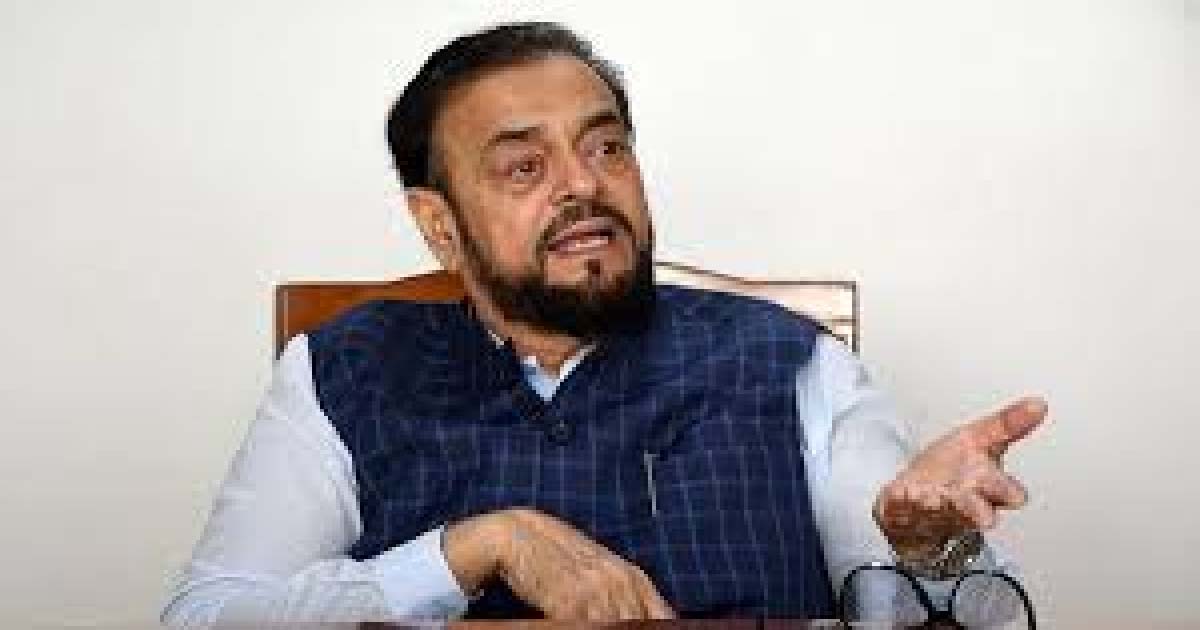
Mumbai: Nagpur Samajwadi Party leader and MLA Abu Asim Azmi presented a private bill in the Maharashtra Legislative Assembly against those who spread blasphemy and religious hatred. The bill demands action against hate elements and calls for action under MCOCA and UAPA against those who spread religious hatred, in addition to ten years of imprisonment and a bail of Rs 2 lakh so that sectarians do not get bail and such cases of spreading religious hatred are banned. He told the House that there has been an increase in cases of blasphemy in the country and in such a situation, tension arises in the country. Action should be taken against such elements to maintain law and order. This will be possible only when action is taken against such sectarians who promote a hate agenda under the guise of freedom of expression. He said that the Supreme Court had also issued an order for strict action against hate elements and miscreants and has banned inflammatory and hate speech. In such a situation, Maharashtra The bill has been formally introduced in the House to take action against those who spread religious hatred and incite hatred against important people. The draft bill proposes to register a case against communalists under the section of the MCOCA UAPA, which carries a maximum sentence of ten years, so that such elements cannot be granted bail.
Maharashtra
Mumbai fuel theft gang busted, 13 accused arreste, The gang of thieves had attempted to steal fuel in November

Mumbai: Police claims to have busted a petrol theft gang. The accused were arrested for attempting to steal petrol from BPCL company on November 14 at around 3:30 am under the limits of RCF police station in Mumbai. A complaint was registered for attempting to steal fuel from the underground 18-inch Mumbai Manmade Multi-Product pipeline on Mumbai Gadkari Road. Vinod Devchand Pandit was arrested from Chembur on November 17 on the basis of technical investigation and information from an informant. His investigation revealed that the mastermind of this racket, Riaz Ahmed Ayub (59), Salim Mohammad Ali, Vinod Devchand Pandit had hatched a plan to steal fuel. 13 accused including Gopal Narayan, Mohammad Irfan, Vinay Shashikant, Ahmed Khan Juman Khan, Nishan Jagdish, Mustafa Manzoor, Nasir Shaukat, Imtiaz Asif have been arrested. All these accused have been arrested from various areas. Their arrests were made from Mumbai, Navi Mumbai and surrounding areas. This operation was carried out by Additional Commissioner Mahesh Patil and DCP Sameer Sheikh on the instructions of Mumbai Police Commissioner Deven Bharti.
Maharashtra
Vasai-Virar Faces 50,000 Duplicate Entries In Voter Roll; Voters Asked To Choose Single Booth
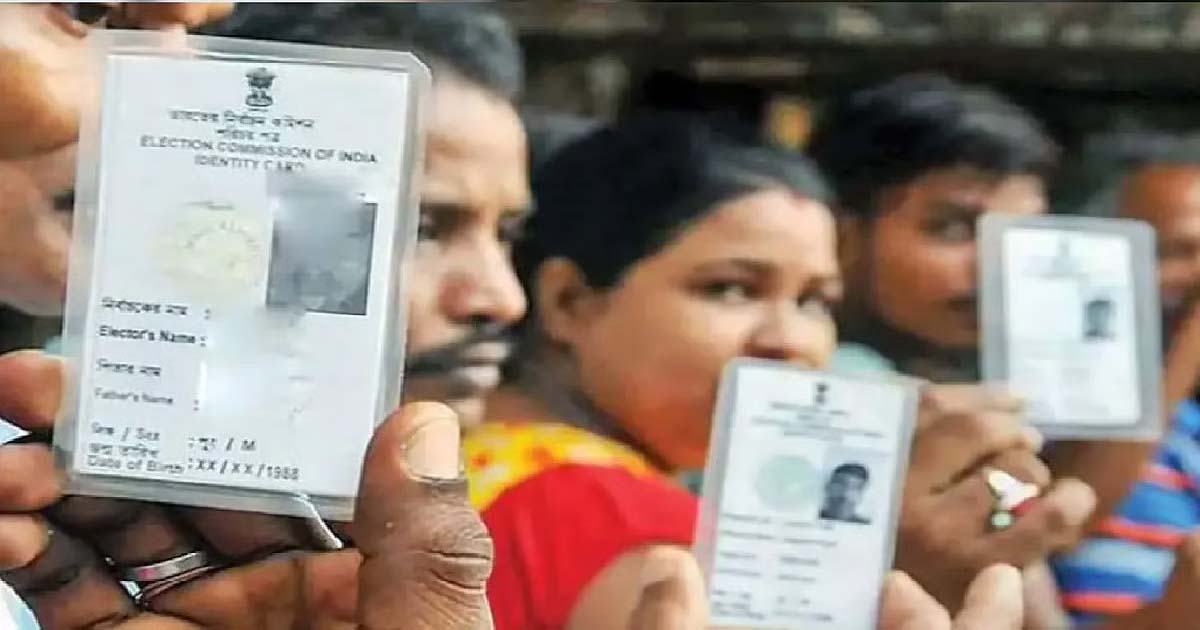
Virar: More than 50,000 duplicate voters have been found in the Vasai-Virar city area. The Municipal Corporation has published a list of these voters on its website. The Corporation has appealed to those whose names appear in duplicate to visit and vote at any one polling center of their choice and inform the Corporation of their decision in advance.
More than 50,000 duplicate voters were found in the draft voter lists published by the Vasai-Virar Municipal Corporation. This large number of duplicate entries has created a major conundrum. To resolve this issue, the Election Commission has allowed voters with duplicate names to cast their vote at any single designated polling center.
Accordingly, the Vasai-Virar Municipal Corporation has published the list of 50,000 duplicate voters on the municipal website. Municipal Commissioner Manoj Kumar Suryawanshi has appealed to these voters to check their names, select one polling center, and vote there.
-

 Crime3 years ago
Crime3 years agoClass 10 student jumps to death in Jaipur
-

 Maharashtra1 year ago
Maharashtra1 year agoMumbai Local Train Update: Central Railway’s New Timetable Comes Into Effect; Check Full List Of Revised Timings & Stations
-

 Maharashtra1 year ago
Maharashtra1 year agoMumbai To Go Toll-Free Tonight! Maharashtra Govt Announces Complete Toll Waiver For Light Motor Vehicles At All 5 Entry Points Of City
-

 Maharashtra1 year ago
Maharashtra1 year agoFalse photo of Imtiaz Jaleel’s rally, exposing the fooling conspiracy
-

 National News1 year ago
National News1 year agoMinistry of Railways rolls out Special Drive 4.0 with focus on digitisation, cleanliness, inclusiveness and grievance redressal
-

 Maharashtra1 year ago
Maharashtra1 year agoMaharashtra Elections 2024: Mumbai Metro & BEST Services Extended Till Midnight On Voting Day
-

 National News1 year ago
National News1 year agoJ&K: 4 Jawans Killed, 28 Injured After Bus Carrying BSF Personnel For Poll Duty Falls Into Gorge In Budgam; Terrifying Visuals Surface
-

 Crime1 year ago
Crime1 year agoBaba Siddique Murder: Mumbai Police Unable To Get Lawrence Bishnoi Custody Due To Home Ministry Order, Says Report



